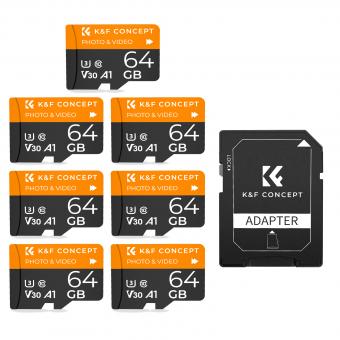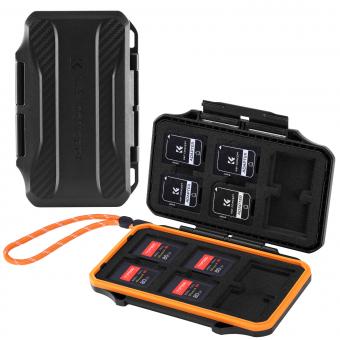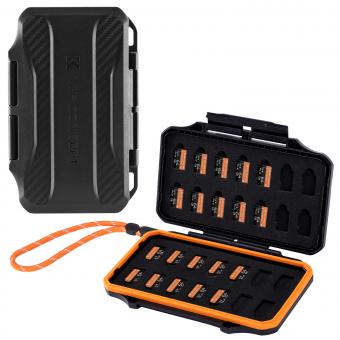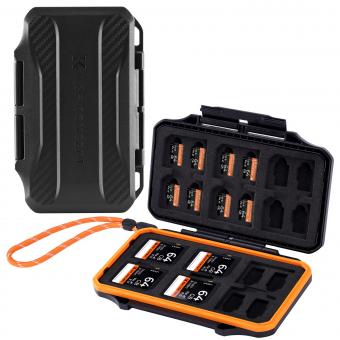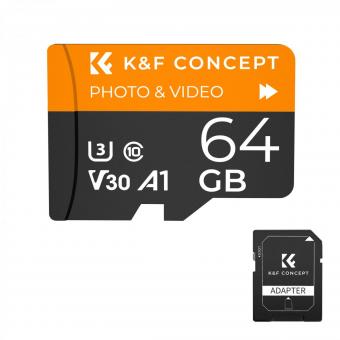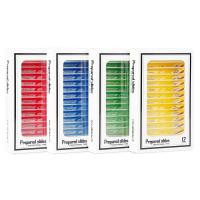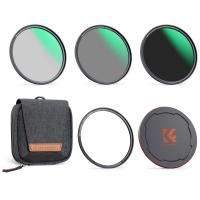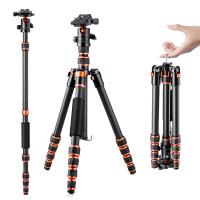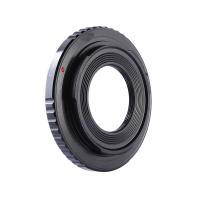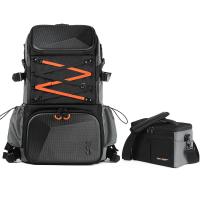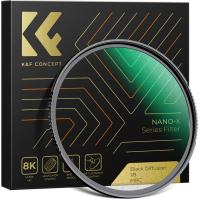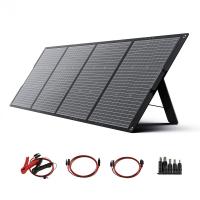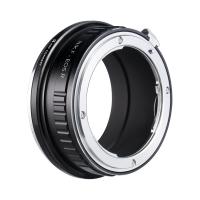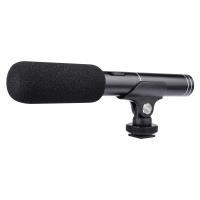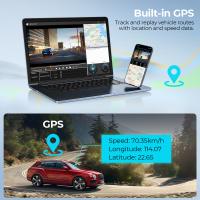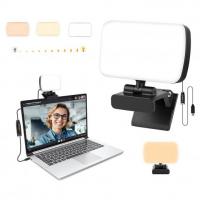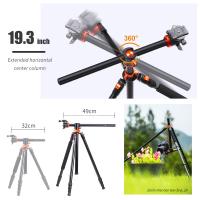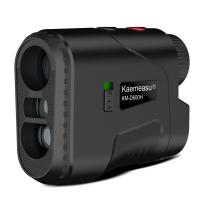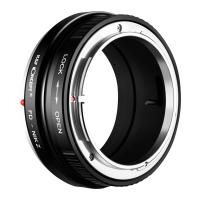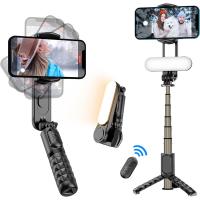How Do I Get To My Sd Card?
In today's digital age, SD cards have become an essential tool for expanding storage on various devices, including smartphones, cameras, and computers. Whether you're looking to access photos, transfer files, or manage your storage, knowing how to get to your SD card is crucial. This guide will walk you through the steps to access your SD card on different devices, troubleshoot common issues, and optimize your storage management.
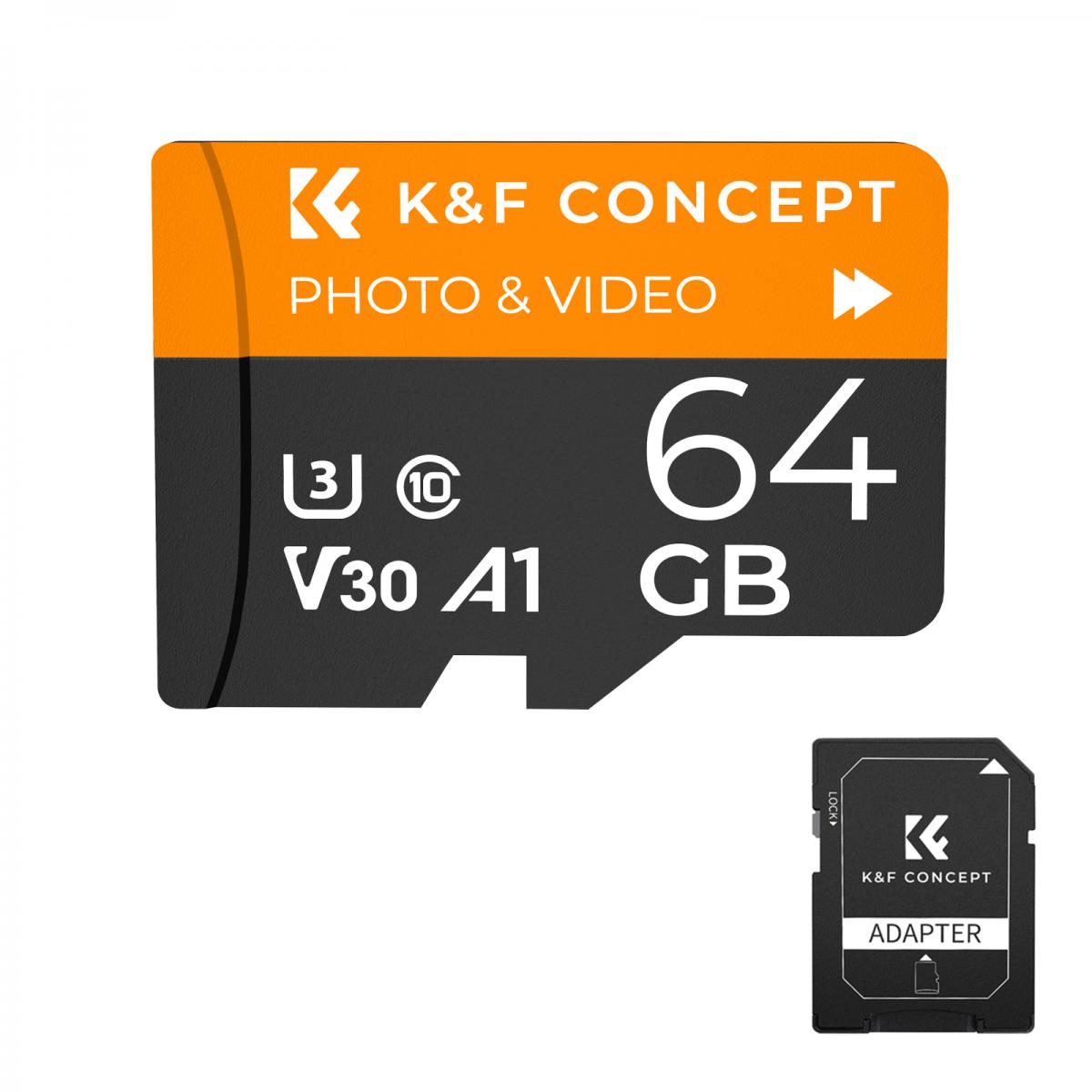
Accessing Your SD Card on Different Devices
1. Smartphones and Tablets
Most modern smartphones and tablets come with an SD card slot, allowing users to expand their storage capacity. Here’s how you can access your SD card on these devices:
For Android Devices:
- Insert the SD Card: Ensure your device is powered off. Insert the SD card into the designated slot, usually found on the side or under the back cover.
- Power On the Device: Turn on your device. It should automatically detect the SD card.
- Access Files:
- Open the "Files" or "My Files" app.
- Navigate to the "SD Card" section to view and manage your files.
For iOS Devices:
- iOS devices do not support SD cards directly. However, you can use an SD card reader:
- Connect the SD card reader to your iPhone or iPad.
- Insert the SD card into the reader.
- Open the "Files" app and navigate to the "Locations" section to access the SD card.
2. Digital Cameras
Digital cameras often use SD cards to store photos and videos. Here’s how to access your SD card:
- Remove the SD Card: Power off the camera and remove the SD card from the slot.
- Use a Card Reader: Insert the SD card into an SD card reader.
- Connect to a Computer: Plug the card reader into your computer’s USB port.
- Access Files: Open "File Explorer" (Windows) or "Finder" (Mac) and navigate to the SD card to view and transfer files.
3. Computers
Accessing an SD card on a computer is straightforward. Here’s how:
For Windows PCs:
- Insert the SD Card: Insert the SD card into the built-in card reader or an external card reader connected to your computer.
- Open File Explorer: Press "Win + E" to open File Explorer.
- Navigate to the SD Card: Look for the SD card under "This PC" or "Devices and Drives."
For Mac Computers:
- Insert the SD Card: Insert the SD card into the built-in card reader or an external card reader connected to your Mac.
- Open Finder: Click on the Finder icon in the Dock.
- Navigate to the SD Card: Look for the SD card under the "Devices" section in the sidebar.
Troubleshooting Common Issues
Sometimes, you may encounter issues while trying to access your SD card. Here are some common problems and their solutions:
1. SD Card Not Recognized
If your device does not recognize the SD card, try the following steps:
- Check Compatibility: Ensure the SD card is compatible with your device.
- Clean the Contacts: Gently clean the gold contacts on the SD card with a soft, dry cloth.
- Try Another Device: Insert the SD card into another device to check if it’s working.
- Format the SD Card: If the card is still not recognized, you may need to format it. Note that formatting will erase all data on the card.
2. Read/Write Errors
If you encounter read/write errors, try these solutions:
- Check for Physical Damage: Inspect the SD card for any physical damage.
- Use a Different Card Reader: Sometimes, the card reader may be faulty. Try using a different one.
- Update Drivers: Ensure your device’s drivers are up to date.
3. Corrupted Files
If files on your SD card are corrupted, consider the following:
- Use Data Recovery Software: There are various data recovery tools available that can help retrieve corrupted files.
- Backup Regularly: Regularly back up your data to prevent loss in case of corruption.
Optimizing Your SD Card Usage
To make the most out of your SD card, consider these tips:
1. Regularly Backup Data
Regular backups ensure that you don’t lose important files. Use cloud storage or an external hard drive to back up your data.
2. Organize Files
Keep your files organized by creating folders and subfolders. This makes it easier to find and manage your data.
3. Monitor Storage Space
Keep an eye on your SD card’s storage space. Avoid filling it to capacity, as this can slow down performance and increase the risk of data corruption.
4. Safely Eject the SD Card
Always safely eject your SD card before removing it from your device. This prevents data corruption and ensures the longevity of the card.
5. Use High-Quality SD Cards
Invest in high-quality SD cards from reputable brands. These cards are more reliable and offer better performance.
Accessing your SD card is a fundamental skill that can enhance your digital experience. Whether you’re using a smartphone, camera, or computer, the steps outlined in this guide will help you navigate to your SD card with ease. By troubleshooting common issues and optimizing your SD card usage, you can ensure that your data is safe and your device performs at its best. Remember to regularly back up your data, organize your files, and use high-quality SD cards to make the most out of your storage solution.







